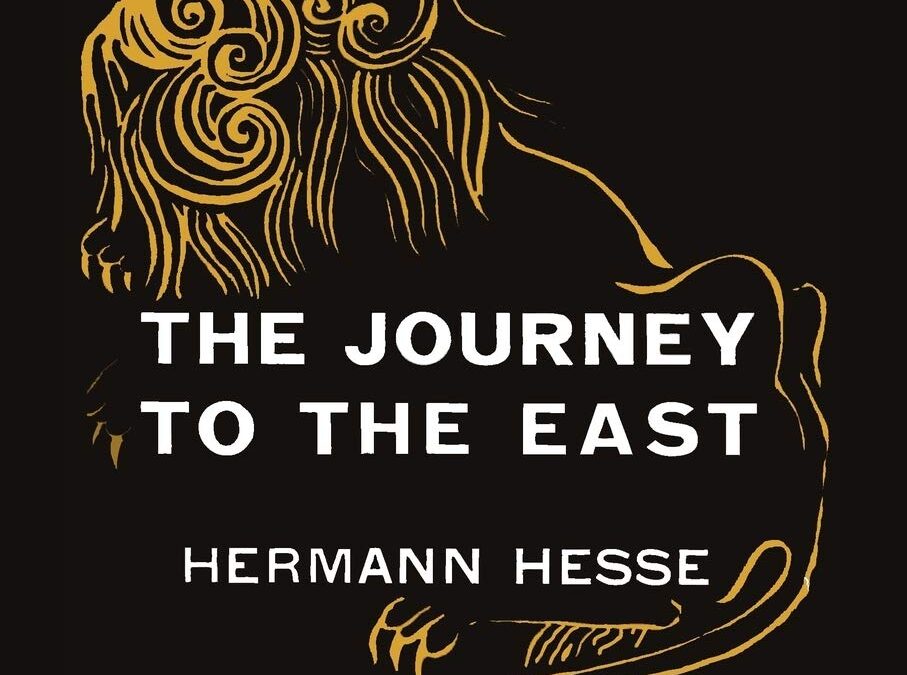While Greenleaf projects a confident image of what a servant leader is, that to be a servant leader, “begins with the natural feeling that one wants to serve, to serve first,” (2002, pg. 27) Horsman posits that he has struggled with “the simplicity and paradoxically the complexity of Servant-leadership.” On a surface level, it seems like servant leadership is a simple philosophy. Choose to serve. However, a deeper dive provides many, many different layers, opinions, and characteristics that lend themselves to servant leadership.
I’ve written about my gut reaciton to Servant Leadership. It felt like my soul lit up when I discovered it, but the more I study it, the more I become aware of the complexities. Namely, people are messy. Leading people is messy.
I believe the call for servant leadership is one that speaks to the very essence of our human potential. It is in line with why we are called to institutions that challenge us – marriage, parenthood, and other sacraments and rituals that ask us to stretch and accommodate past the needs of our ego to reach a new level of development. Horsman (2018, pg. 12) writes, “Learning to become a Servant leader is a developmental process-a process that enhances our awareness, our authenticity, our integrity, and in turn our relational capacity to respond to others.”
 Greenleaf introduces us to Hesse’s character Leo as a means of explaining his origins of the servant leadership philosophy. In Journey to the East, Leo is a character who plays a very minor role in the story – a story about an important journey being taken by a group. When Leo disappears from the Journey, we find that his role in the group was much more than just a servant. With his unexpected departure, the group falls into disarray, loses motivation and morale, and eventually cannot finish the journey. It is only later in the story as the main character, H, reflects on the failed journey that he begins to see the power of Leo and seeks Leo out. In the end, Leo is the leader of the society and has a considerable amount of power. I believe Leo represents faith. We take advantage of Leo when things are easy – in fact, we barely notice him. But when he is gone, we miss him immensely and struggle to understand why. We lose meaning, drift through life without purpose, and question the legitimacy of our experience.
Greenleaf introduces us to Hesse’s character Leo as a means of explaining his origins of the servant leadership philosophy. In Journey to the East, Leo is a character who plays a very minor role in the story – a story about an important journey being taken by a group. When Leo disappears from the Journey, we find that his role in the group was much more than just a servant. With his unexpected departure, the group falls into disarray, loses motivation and morale, and eventually cannot finish the journey. It is only later in the story as the main character, H, reflects on the failed journey that he begins to see the power of Leo and seeks Leo out. In the end, Leo is the leader of the society and has a considerable amount of power. I believe Leo represents faith. We take advantage of Leo when things are easy – in fact, we barely notice him. But when he is gone, we miss him immensely and struggle to understand why. We lose meaning, drift through life without purpose, and question the legitimacy of our experience.
Often we ask or are asked to follow based on faith or intuition. In marketing we frequently make decisions based on art (our intuition or gut feeling) and science (the data that is available). Based on that, we aks our teams to follow us. In my role, I recognize that I could not ask my team to make those leaps without having faith in my own abilities and without their faith in me. Pondering this makes me wonder – what role faith plays in successful leadership? And is faith synonymous with trust? Do servant-leaders inspire more trust than other styles of leadership?
The character of Leo led in such a way that his followers did not know they were being led. His attitude, preparedness, reliability, and enthusiasm served the League members with humility. So what does this tell us about where we can find Leo? I believe the lesson is that we can find Leo anywhere. A leader may not be the loudest, best-dressed, or most educated in a room. Those who are called to servant leadership may be all around us and may challenge our notions of who or what a leader is.

References
Greenleaf, R. K. (2002). In L. C. Spears (Ed.). Servant leadership: A journey into the nature of legitimate power and greatness, (25th Anniversary ed.). New York: Paulist
Press.
Horsman, J.H. (2018). Servant-leaders in training: foundations of the philosophy of servantleadership. Cham, Switzerland: Palgrave-MacMillan.
Hesse, H., & Rosner, H (1957). The journey to the East (1st Noonday pbk ed.). New York: Noonday Press.





Recent Comments